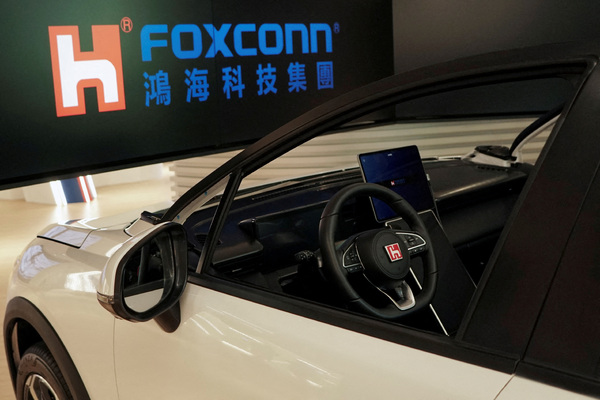Direct mail marketing: an old-school solution that’s adapted to today’s marketing challenges
Sponsored by Lock StockEast Midlands direct mail and print consultancy Lock Stock is the proud winner of this year’s Best of British award. Here, founder Christopher Jones shows you how to squeeze a little more value out of your next printed direct mail campaign

Be it whipping customer data into shape, producing and distributing printed material, or providing strategic support to decision makers, for more than two decades Lock Stock has built an impressive reputation working in the background with niche publishers, big brands, and independent furniture retailers to get their printed messaging to the right people, at the right time and in the right way.
“One of the secrets to our long success in a competitive market has been staying compact, agile and responsive,” explains founder Christopher Jones. “Thinking small on overheads and big on service dexterity has enabled us to be much more adaptable to not only our customers’ changing needs, but also the changing consumer journey.”
This is important because the function of print and direct mail as a standalone channel has changed over the past 20 years. In a digitally disrupted landscape, marketing departments are increasingly faced with competing channel choices with which to capture customers’ attention, while also keeping budgets under control. “In a digital environment print needs to work harder to compete and we help in doing just that,” Chris explains.
When analysing the data, it’s hard to question that assertion. According to the Royal Mail’s 2021 market reach report, Driving Effectiveness with Direct Mail, only 3.6 per cent of all media spend in 2021 was on direct mail, with 70 per cent focusing on online activities. Television came in as the second largest spending area, at 15 per cent.
At first glance these figures don’t look very good for traditional direct mail, especially when factoring investment considerations. But when you look deeper into the actual performance metrics of direct mail, it is surprising how effective receiving something through your letterbox still is.
For example, according to another Royal Mail report (A Practical Guide to Direct Mail, 2021), almost 70 per cent of people say that actual mail, rather than email, makes them feel valued. Indeed, nearly all advertising mail – 94 per cent – is opened. That’s an exceptional figure compared with email open rates of a mere 21 per cent. Research conducted last year by JICMAIL also suggests more than 70 per cent of people have been successfully directed towards online activity purely by printed direct mail they have received.
This is interesting for two reasons. Firstly, direct mail is proving to be an excellent way of boosting digital engagement. Secondly, considering the share of marketing spend allocated to online activities, it’s clear that this old-school solution is becoming a differentiator in evolving digital marketing strategies.
According to research in this area, the current environment presents an opportunity for marketers to reappraise direct mail beyond it’s proven track record of boosting sales and footfall. It’s worth delving deeper into how direct mail can also improve brand awareness, consideration, and digital engagement – all soft metrics vital to modern retailers.
“Production is largely commoditised,” says Chris. “It’s our ability to carefully blend the powerful mix of customer journey insight, data profiling and production know-how that makes the difference when collaborating with brands over printed direct mail campaigns. This approach delivers bankable results for our customers and ultimately engaging experiences for their prospective customers.”
With all that in mind, here are a couple of quick tips from Chris to help improve your return on your next printed direct mail campaign:
Sell product not paper
Paper will account for around 60 per cent of your overall print costs, and weight impacts on distribution costs in turn, so making the right selection in this area can be vital, especially when considering the rising costs. Response rates are primarily driven by targeting and the strength of the offer. The only person that will really notice the difference between a 100gsm arctic gloss paper or a 90gsm nova silk will likely be your finance director. So don’t just rebuy the “same as last time” – always re-evaluate the relationship between your materials, weight, and distribution method.
Don’t forget to signpost
You have paid handsomely to get that marketing message into the right hands, so never miss the opportunity to signpost additional channel engagement. Print is an excellent journey influencer so the inclusion of online discount codes, social media news or scannable QR codes within your creative can, over time, go a long way to pushing up your likes, followers, and page views, ultimately increasing your reach and deepening engagement. And the best thing is, none of this impacts on print or distribution costs.
If you’re planning something new, or want to generate more value from your next printed direct mail campaign; why not give Lock Stock a call.

Business Reporter Team
Most Viewed
Winston House, 3rd Floor, Units 306-309, 2-4 Dollis Park, London, N3 1HF
23-29 Hendon Lane, London, N3 1RT
020 8349 4363
© 2025, Lyonsdown Limited. Business Reporter® is a registered trademark of Lyonsdown Ltd. VAT registration number: 830519543





